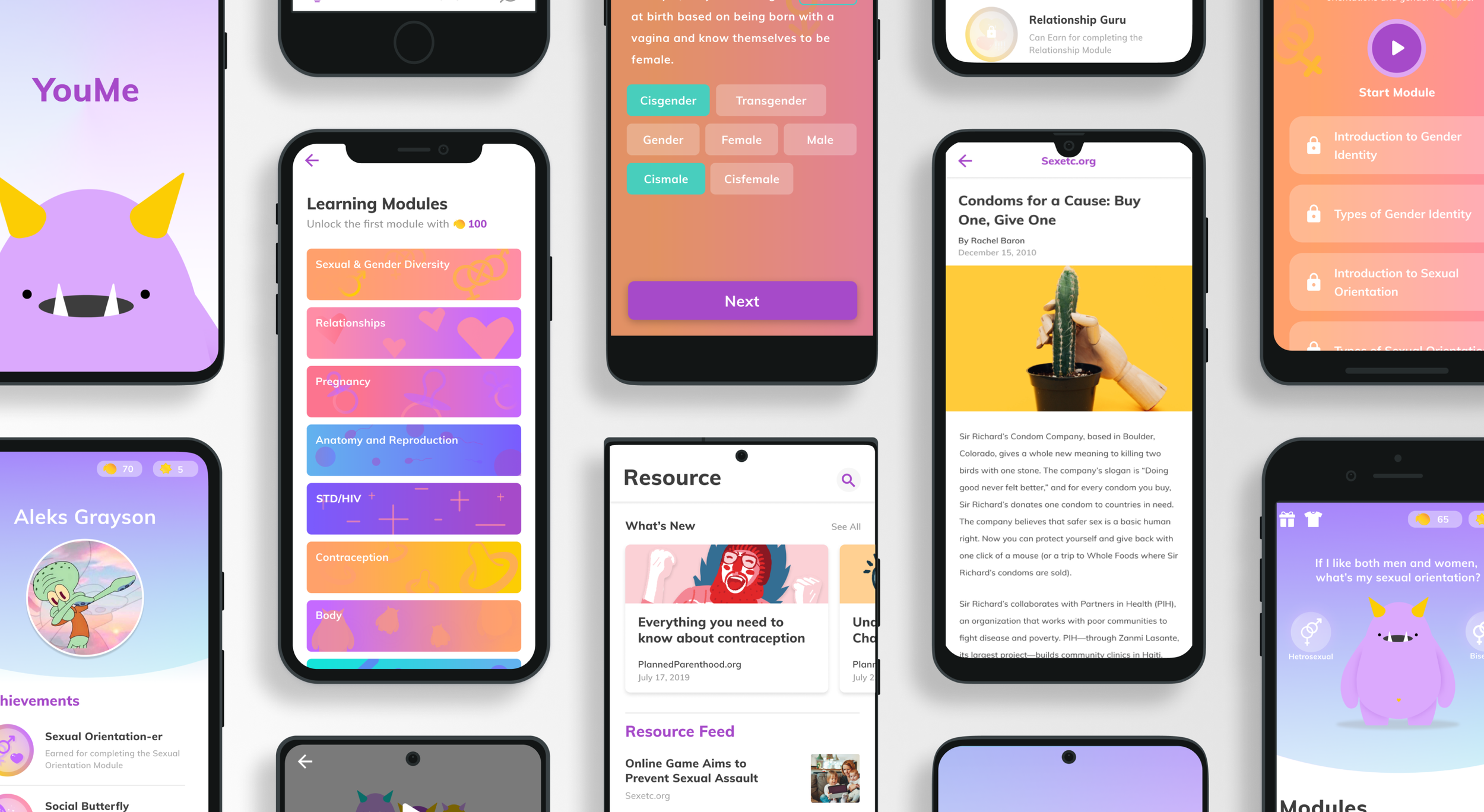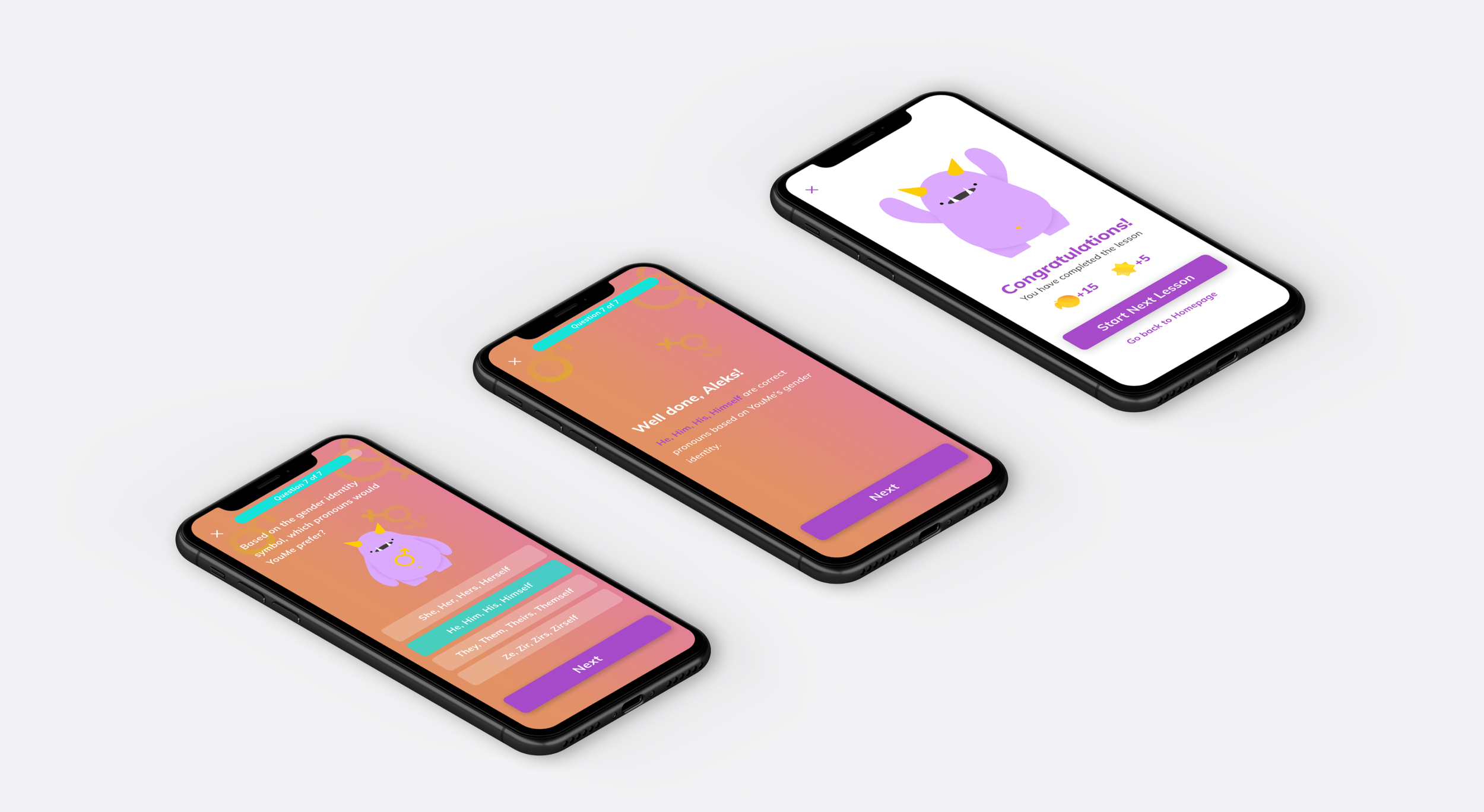iMaxX
Design at the heart of billing optimization
Role
Year
PRODUCT DESIGN
2024
OVERVIEW
OrthoFi needed to transform complex insurance rules into a seamless, scalable, trusted part of its platform. iMaxX became that solution — turning manual, error-prone processes into an efficient, user-friendly workflow for internal teams and Treatment Coordinators (TCs).
I led product design end-to-end, balancing modern design patterns with legacy system constraints, driving collaboration across product, ops, engineering, and users to deliver a solution that rebuilt trust and became a flagship feature.
-
Insurance billing workflows at OrthoFi were fragmented and inefficient.
Internal operations teams managed hundreds of rules manually, with no scalable tooling and heavy reliance on engineering for updates — a bottleneck that slowed onboarding and reduced agility.At the same time, Treatment Coordinators had to navigate this complexity live with patients. The UI felt detached from their fast-paced workflow: modal windows, unclear guidance, and an experience that risked billing errors and eroded confidence.
-
We recognized that solving this wasn’t about building a “rules engine” — it was about designing an experience that surfaced the right logic at the right time, without friction.
This was a chance to:
Enable scalable rule management directly by operations teams
Reduce the burden on TCs by embedding logic seamlessly into their workflow
Improve billing accuracy, increase trust in the system, and drive measurable business impact
-
The vision was clear:
Create a system that empowers both internal teams and TCs by delivering a faster, smarter, more trustworthy billing experience.Key objectives:
Provide operations teams with reusable, scalable tooling to manage carrier-specific logic independently
Seamlessly integrate insurance-backed guidance into TCs’ fast-paced workflows
Minimize cognitive load while improving clarity and accuracy
Reduce support requests, improve onboarding speed, and increase production
Process
Discovery & Framing
At the core of this challenge was a sequencing dependency: before we could improve the Treatment Coordinator workflow, we needed to give OrthoFi’s internal operations team the ability to efficiently configure and manage insurance rules across hundreds of practices.
This meant tackling two tightly connected but distinct design problems:
1. Internal tooling for scalable carrier rules management
2 An intuitive, real-time UI for TCs to use at the point of care
We reframed the goal as a systems design challenge:
“Design a foundation where the right billing logic can surface at the right moment — reliably, quickly, and with minimal friction for all users.”
Design Strategy
Phase 1: Internal Carrier Rules Configuration
The legacy internal process was highly manual: each rule was entered individually, no reuse or copying was possible, and engineers were needed for every change, slowing onboarding and preventing scale.
I designed a scalable, user-centered configuration tool that empowered ops teams to manage rules independently:
Reusable, copyable rulesets for quick replication across carriers, doctors, and locations
Drag-and-drop ordering for control and prioritization of codes
Checkbox toggles for marking billable/non-billable procedures
Embedded carrier association flows during onboarding to ensure smooth setup
All designs followed the visual standards of our React-based design system but were adapted for delivery in Angular — a technical constraint that required close collaboration with engineering for feasibility and consistency.
This internal tooling dramatically reduced the operational burden and laid the essential groundwork for an accurate, scalable backend, enabling us to confidently tackle the second phase.
Phase 2: Treatment Coordinator Workflow
With a robust configuration system in place, we could now redesign the TC experience, where speed, confidence, and clarity were paramount.
The original UI felt interruptive and disconnected, appearing as a separate modal with unclear guidance. We reimagined the workflow as an integrated, contextual experience that supported TCs without slowing them down:
Inline collapsible cards presenting codes only when relevant
Contextual tooltips replacing intrusive banners, providing light-touch guidance
A real-time summary panel showing selected codes for immediate feedback
Grouping and prioritization of the most common codes to reduce effort and cognitive load
Persistent selections allowing users to edit without losing progress



Concluding thoughts
YouMe started as many ideas and came together to become a project I am incredibly proud of. If I had the opportunity to go back to this project, I would love to further the app's learning component and consider the different learning styles people may have. Moreover, pushing the gamification elements within this app to make it a more cohesive and fun experience for users would be another thing I would like to work on. Overall, I'm very grateful to have had the opportunity to work on this project. I learned a lot about what UX design truly is and how to be empathetic with my work. This project has also given me a lot of confidence to continue to push my crazy ideas and challenging topics that may not always be comfortable ones to talk about.











